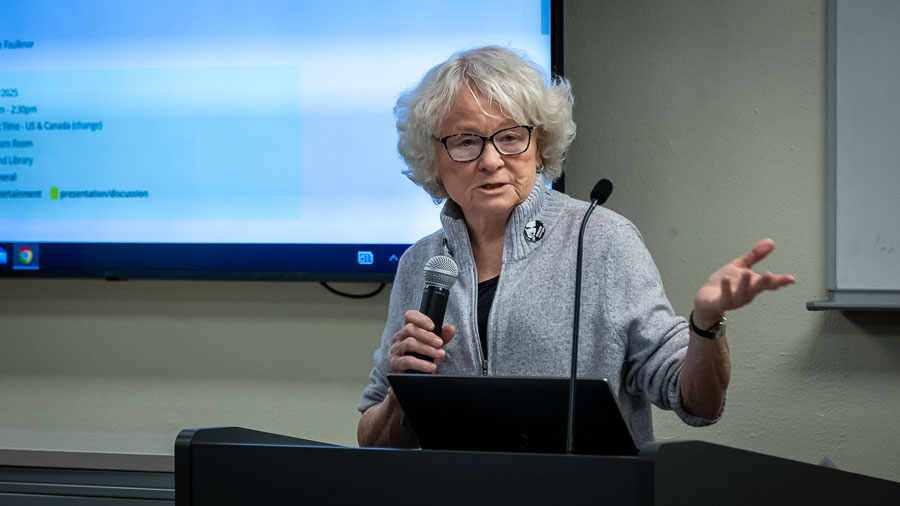OTHER VIEWS: Ranked-choice balloting isn’t hard, or easy, to understand
Published 5:45 am Thursday, June 29, 2023

- other views logo
Out of this legislative session that was so boisterous, so stop/start, comes a new way for Oregon voters to choose who represents them.
Voters won’t just choose the person they want to win. They will rank their choices for president and vice president of the United States, United States senator, representative in Congress, governor, secretary of state, state treasurer, attorney general and more.
It may even be used in local races. It would possibly start up as of Dec. 10, 2026. State Rep. Pam Marsh, D-Ashland, is one of the bill’s sponsors. It’s been one of the priorities for House Speaker Dan Rayfield, D-Corvallis.
The bill would put into place what is called ranked-choice voting. It is not simple. It’s really not that complicated, either.
A legislative summary explains it so: “A candidate wins by receiving a majority of the first-preference votes cast. When there is no majority winner, this method allows for an instant runoff. The candidate with the lowest number of first-preference votes is eliminated and the second preference votes from those ballots are allocated to the remaining candidates and tabulated. This process continues until a candidate achieves a majority of the votes cast.”
There is definitely room for voter confusion in that.
We aren’t going to promise ranked-choice voting will lead to better elections, or more moderate candidates, though those have been some of the claims. The best part about this possible change is voters would get to vote in November 2024 on whether they want it.










